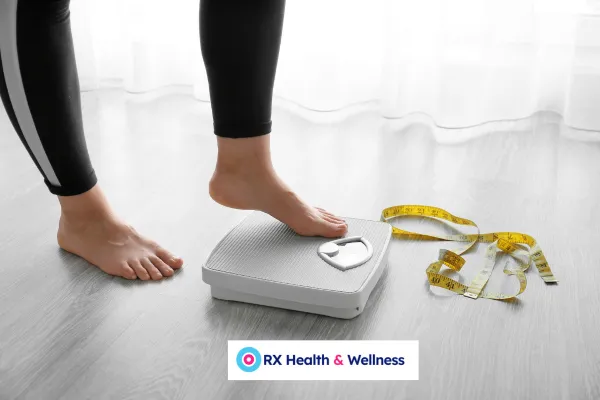
Weight Loss: Where Do You Start?
Weight Loss: Where Do You Start? — A Guide for People with Diabetes
Losing weight can feel overwhelming—especially when you're managing Type 2 diabetes. With conflicting advice everywhere, it’s easy to feel stuck. This guide offers a clear, evidence-based path to get started, especially for women over forty who face unique challenges.
Start With Your Why
Your motivation matters. Are you trying to lower your blood sugar, reduce medications, feel better, or live longer for your family? Defining your "why" helps you stay focused when motivation fades.
Choose a Diabetes-Friendly Diet
You don’t need a trendy diet. What you need is a sustainable plan that supports blood sugar control and long-term health. Consider:
Mediterranean Diet: Rich in fruits, vegetables, olive oil, whole grains, legumes, and lean protein. Backed by the American Diabetes Association for improving glycemic control and heart health.
DASH Diet: Originally designed to lower blood pressure, it also helps with weight and blood sugar management. Endorsed by the National Heart, Lung, and Blood Institute.
A note of caution: While low-carb diets like keto may help with short-term weight loss and glucose control, long-term safety is still debated. Many people find them hard to maintain, and they may affect heart health in some individuals (Harvard Health Publishing).
Talk to Your Healthcare Team
Before making any big changes, talk to your doctor, pharmacist, or dietitian. Your medications may need adjusting, and certain diets may not be right for everyone—especially if you’re on insulin or have high blood pressure.
Key Steps to Begin Your Weight Loss Journey
1. Measure Your Starting Point
Write down your current weight and body measurements (waist, hips, chest).
Take photos or keep a journal to track visual progress—it’s motivating.
2. Track Your Progress
Research shows that people who weigh themselves daily are more likely to lose weight and keep it off (National Weight Control Registry).
Use apps like MyFitnessPal, Lose It!, or the ADA’s Diabetes Food Hub to log meals and monitor progress.
3. Explore Intermittent Fasting (IF)
Intermittent fasting can support insulin sensitivity and reduce calorie intake.
Common methods include 16:8 (fast for 16 hours, eat within 8) or 5:2 (two lower-calorie days per week).
Always speak to your provider first—especially if you're on blood sugar-lowering medications.
For Women Over 40: What You Should Know
Hormonal changes during perimenopause and menopause can cause weight gain, increased insulin resistance, and slower metabolism. Here’s what can help:
Prioritize Protein: Helps maintain lean muscle and keeps you full. Aim for protein at every meal.
Strength Train: Lifting weights or doing resistance exercises 2–3 times a week boosts metabolism and supports glucose control.
Manage Stress: Elevated cortisol can make it harder to lose weight. Practice yoga, meditation, or mindful breathing to support your mind and metabolism.
Overcoming Obstacles
Progress can feel slow, especially at first. That’s normal. The key is to stay consistent and seek support. Consider joining a group, connecting with others online, or finding an accountability partner. Social support has been linked to better weight loss outcomes and emotional resilience.
Reliable References
Final Thoughts
If you’re living with diabetes—especially as a woman over forty—weight loss is absolutely possible. It requires a personal plan, evidence-based strategies, and ongoing support.
You’ve got this. Start small, stay consistent, and keep your long-term health in focus. Your future self will thank you.
Stay Connected
Follow us on social for more tips:
[Facebook] • [Instagram] • [LinkedIn] • [Pinterest] • [Email]
